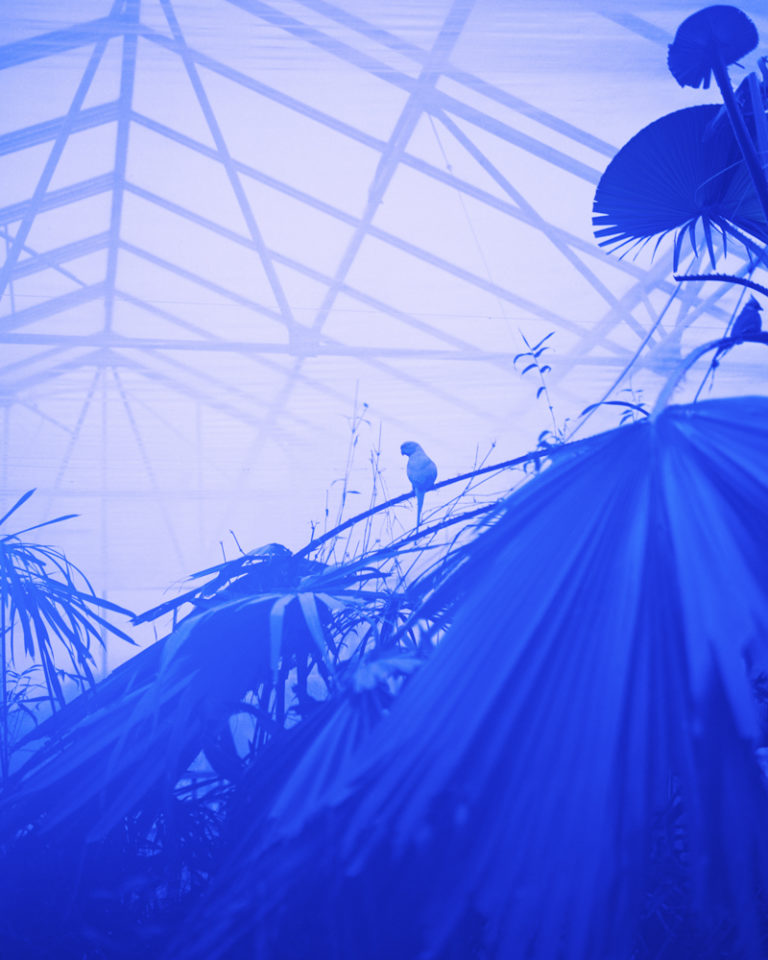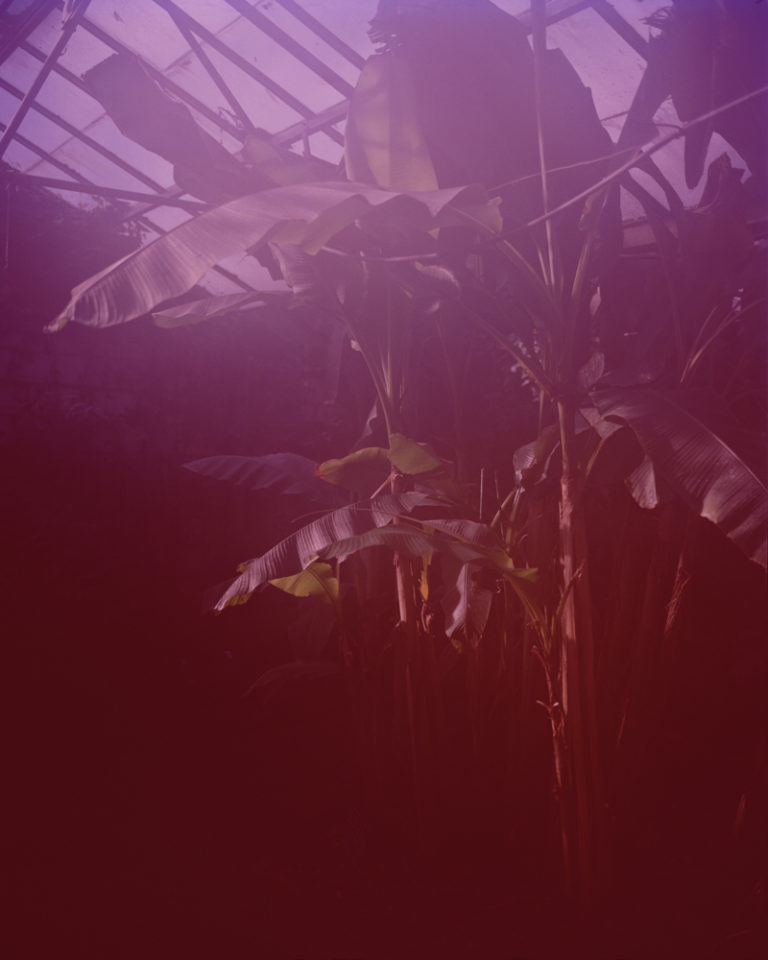Alexander Mourant was born in Jersey, Channel Islands in 1994. Having studied at Bryanston School he progressed to BA (Hons) Photography at Falmouth University, graduating in July 2017. Alexander has exhibited a variety of work, most notably with CCA Galleries, Mall Galleries and in a duo show with Andy Hughes RCA held at the Royal Geographical Society in London, May – June 2017. His practice revolves around the continuous nature of experience, largely in a response to his time spent in Africa and Japan.
“The world is blue at its edges and its depths.” – Rebecca Solnit



Aomori, 2017
In Aomori, Alexander Mourant consistently uses the colour blue, inspired by Rebecca Solnit’s words in The Blue of Distance. For Solnit, the blue world embodies distances we can never quite arrive in. The colour blue — formed through fluctuating atmospheric conditions — creates for her, and many others, a great immaterial and metaphorical plane.
In Japan, where the series was captured, followers of Shinto – an ancient and sacred religion – place a strong belief in Kami. Kami are essentially spirits. Through diligently conducted religious and spiritual ceremonies, present day Japan connects through the Kami to their ancient past. The Japanese believe that Kami pervade every aspect of life. They live in the fabric of reality; rocks, trees, plants, waterfalls, even mountains contain Kami. Kodama are the spirits found in the forest, living in certain species of trees. They are the very being of the forest. Upon researching this extensive spiritual belief, Mourant realised that Japan had strong metaphysical potential and was an ideal site for his work.
The colour in his images comes from sourced blue glass from a church window, which was then cut to size to fit the filter holder of his camera. Mourant’s aim was to introduce this colour into the process, by exposing film directly to the blue world. With this, the photographs are given a body, a soul almost, in which we could experience from the image itself, bringing Solnit’s blue of distance near, into the world of the forest; they are by process, forever blue.




Aurelian, 2016 – 2017
Alexander’s family has lived and farmed in Jersey for generations, so a relationship to landscape, space and experience is embedded in his psychology. This rural upbringing influenced his photographic sensibility.
‘Aurelian’ explores the interior space of British butterfly houses. These artificial environments are used throughout the work to probe the nature of experience, as an envisioned idea where time is not absolute, but continuously contained and all encompassing. By employing cultural objects and contemporary abstraction, the work holds a dynamic tension — questioning one’s spatial sense — stimulated through colour, form and materiality. In hindsight, Aurelian was a body of work necessary to incubate further creative ideas and, most importantly, it triggered a deeper understanding of the intricacies of photography.
The work draws from a variety of personal sources, but most importantly, Alexander’s four month sojourn through the heart of Africa.
Image Analysis

Waterfall I, 2017
Alexander captures the movement of a waterfall through a slow shutter speed, the softness of the water metaphorically represents the spiritual history of Japan. Before travelling to Japan, he conducted digital tests with the blue glass in order to find the ideal exposure time. However, it didn’t tell of how the process would translate to film.
Mourant acknowledged that shooting with the blue glass is almost like shooting in black and white, where he required bright natural sunlight in order to still capture the details of the trees and rocky face. The image is composed to look up at the waterfall, indicating the importance of this spiritual relationship that Japan has with nature. Alexander leaves negative space at the top of the image, where the forest joins with the heavens.
“the spiritual history of the process seeps through into the image, to a time when the land was a place of worship”.
The immensity found in the colour blue, encourages a deeper reflection on the past, present and future. In the same way, the presence of the forest and the density of its nature arrests the relentless progression of time, where the canopy of the trees shelter those below from gently falling light.
Artistically, Alexander’s influence is varied, but his process finds its roots in the 1960s land art movement being that he is interested in the material and psychological effects of organics, climate and geography. A key idea that resonates in both Aomori and Aurelian is “The Art of Pilgrimage” as described by writer Michael Kimmelman. To visit is to invest months of planning, submit applications and await approval, followed by long car journeys into the remote desert or jungle. This idea of a pilgrimage to a site becomes very relevant as each project attempts to depict a place between imagination and reality with metaphor.
More Sources:
http://www.theplantationstudio.com/collective/#/alexander-mourant-collective-34/
https://www.splashandgrab.co.uk/features/2018/1/23/alexander-mourant-aomori
http://www.alexandermourant.com/new-gallery
